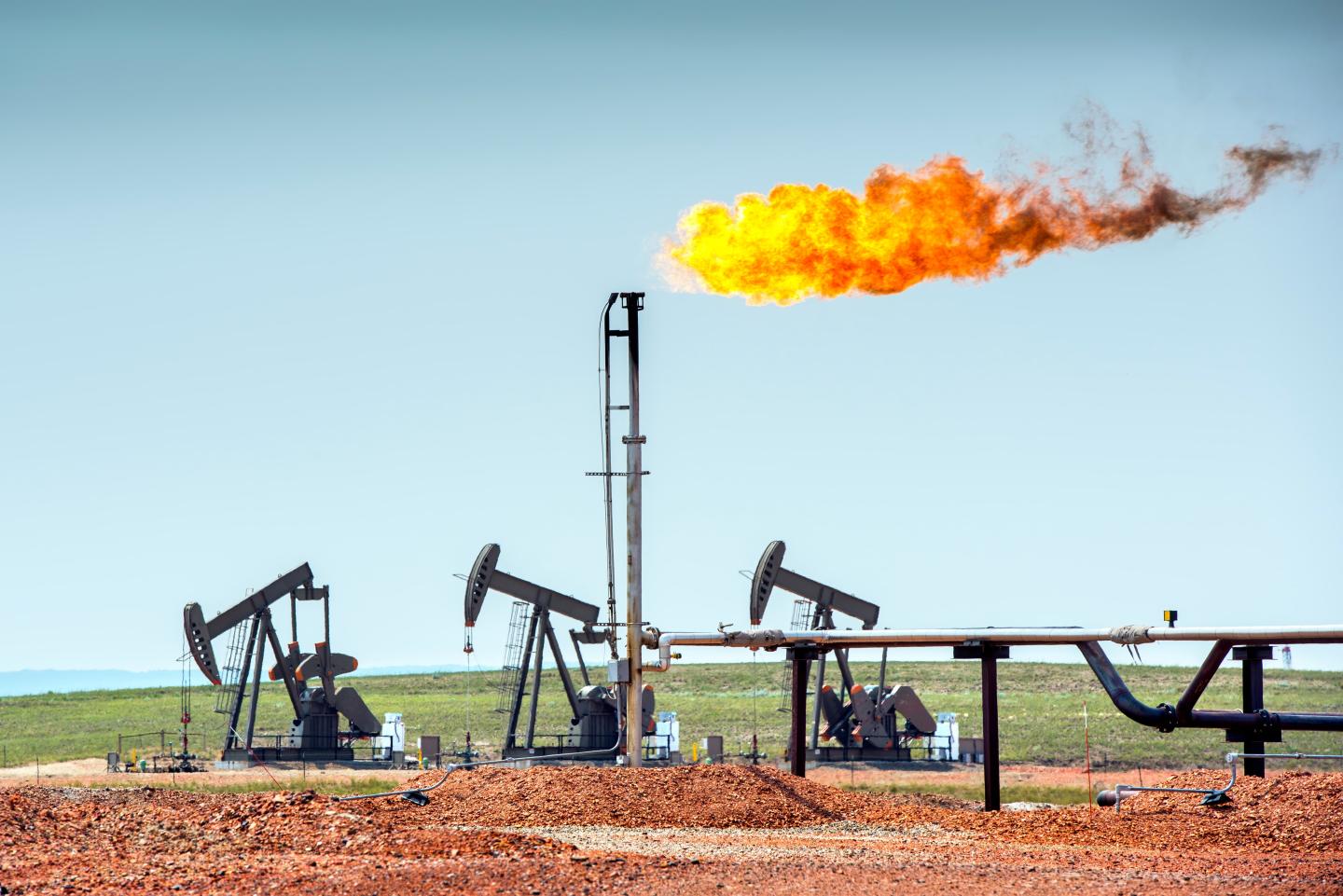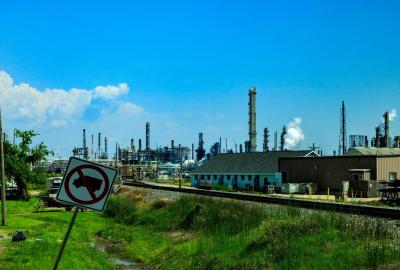Planet-warming methane pollution more than four times EPA estimates
Methane pollution from oil and gas companies in the U.S. is more than four times higher than government estimates, according to new aerial measurements from the nonprofit Environmental Defense Fund.
Methane is a potent climate pollutant that is accelerating global warming, and the oil and gas industry is one of its biggest industrial sources. This is the most comprehensive assessment yet of methane pollution from the major oil and gas producing regions of the United States.
“These emissions rates are way too high,” says Rosalie Winn, director of methane and clean air policy for EDF. “Companies and governments need to work faster to reduce this dangerous climate pollutant, including by moving swiftly to implement the Environmental Protection Agency's recent oil and gas methane reduction standards.”

Accurate, transparent measurements are necessary for tracking methane pollution — and holding polluters accountable. The aerial data is a preview of the space-based capabilities of MethaneSAT, a unique methane-measuring satellite, developed by EDF, that is expected to release its first data this fall. MethaneSAT will be streaming data on methane pollution from around the world by early 2025.
Natural gas is mostly made of methane, and it frequently leaks or is purposely released across millions of oil and gas sites worldwide. In the past, estimates of the industry’s methane footprint relied on a patchwork of spot monitoring and rough calculations by companies.
Recent research spearheaded by EDF, using satellites, aircraft and multiple measuring techniques, has demonstrated that emissions of this critical climate pollutant have been widely underestimated.
New data informs efforts to cut methane
The newly released data comes from MethaneAIR, a jet equipped with advanced methane measuring technology, chartered by EDF. (EDF is offsetting carbon emissions from the flights.) In more than 30 flights in 2023, MethaneAIR measured methane pollution over 12 major U.S. oil and gas regions, covering more than 70% of the onshore oil and gas production in the lower 48 states.
The average rate of pollution observed by MethaneAIR would amount to 7.5 million metric tons of methane entering the atmosphere each year — more than four times what the EPA estimated in 2020, based on industry data. That’s enough wasted gas to meet the annual energy needs of over half of U.S. homes. The pollution rate is also eight times greater than the 2030 goal that 50 companies pledged to achieve at the COP28 climate talks last year.
More data from future aerial surveys, satellites and other sources will help inform efforts to reduce methane pollution. New rules from the U.S. Environmental Protection Agency, finalized under the Biden administration, require oil and gas companies to improve pollution controls at nearly 1 million oil and gas sites nationwide. The European Union is issuing methane emissions standards for natural gas imports. Japan and South Korea, also major importers, are discussing similar standards.
More than 150 countries have jointly pledged to reduce global methane pollution 30% from 2020 levels by 2030.
Both MethaneAIR and MethaneSAT data will be made available on a publicly accessible platform at no cost, allowing anyone to track methane pollution.


